Eye Exams

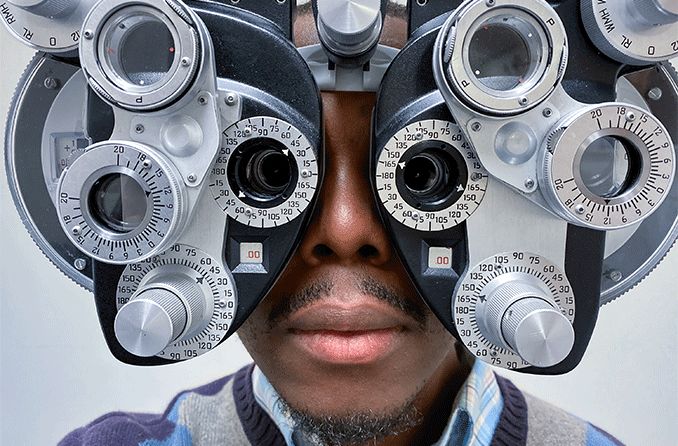
What is 20/15 vision? Just how common is it? Can my vision be improved to 20/15?
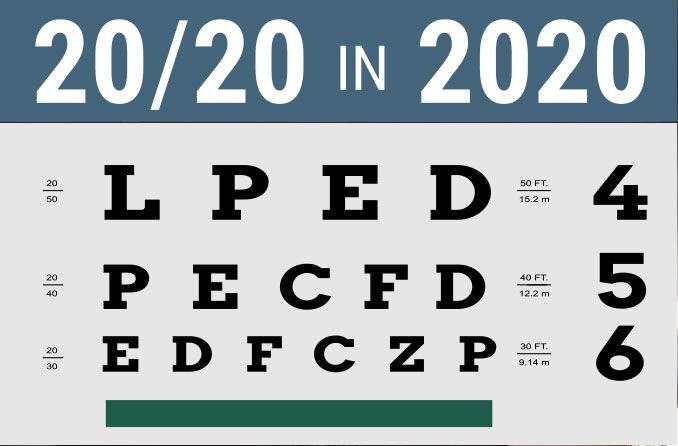
2020 is the perfect year to focus on 20/20 vision. Learn what this is, how visual acuity is measured and how eyewear and vision surgery can correct vision.
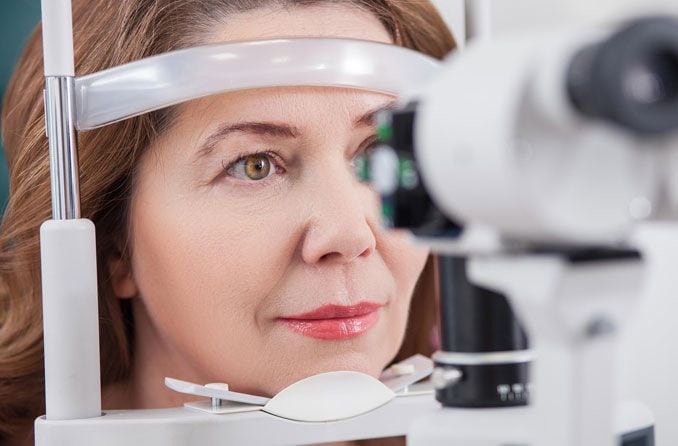
Annual eye exams detect more than just blurred vision. Learn why it’s important to see your eye doctor to maintain your vision health.
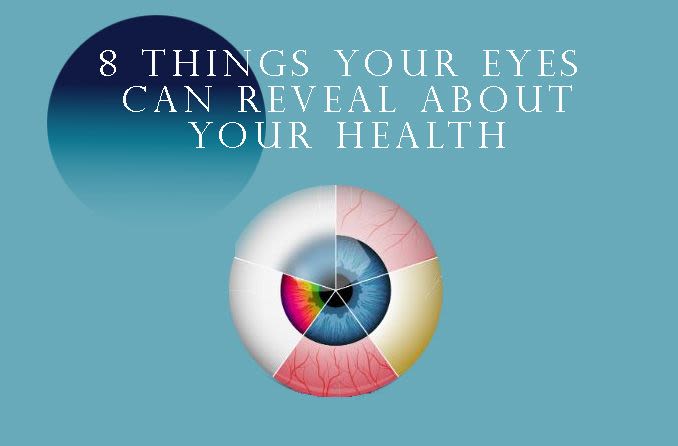
Discover how an eye exam can shed light on your overall health and wellness.
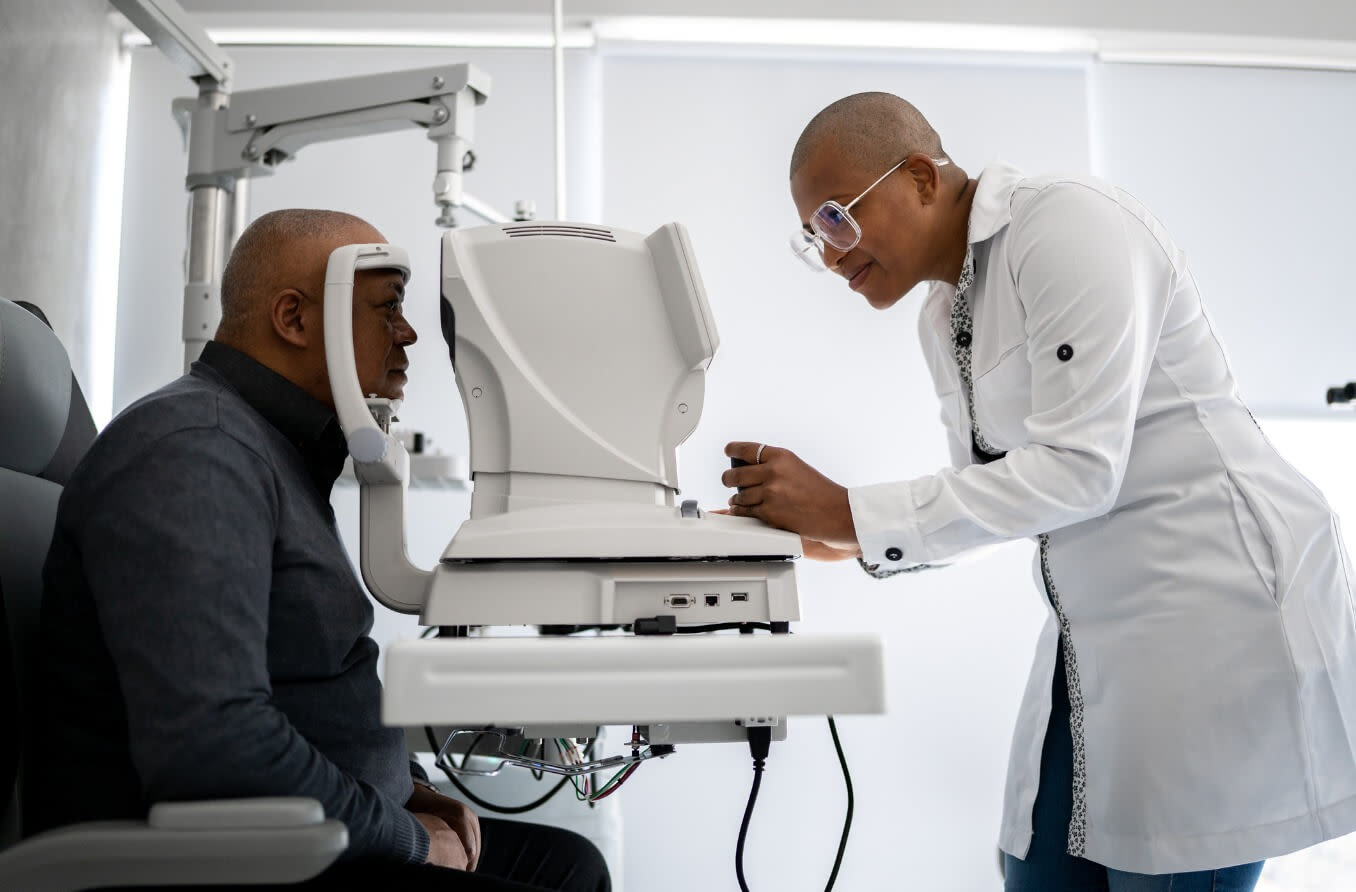
Considering getting your next eye exam at America's Best? Here's everything you need to know about an America's Best eye exam before making an appointment.
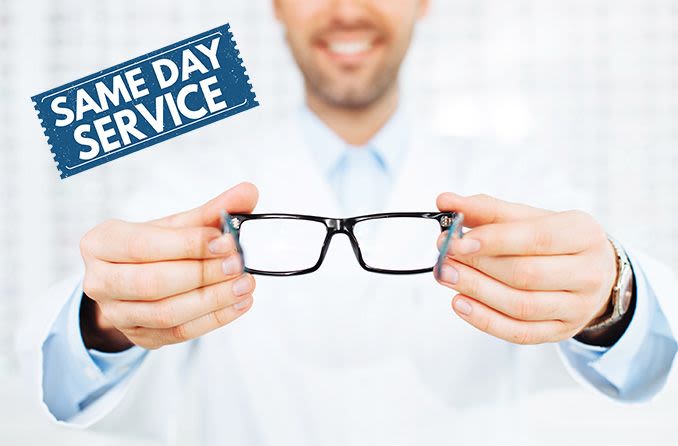
Find out how it’s possible to get an eye exam and glasses on the same day. But if it’s not an emergency, it’s best to wait a few days for your eyeglasses.

Your eye exam results change depending on time of the day or year. Times when your exam results may be skewed include if you’re tired, just exercised or allergies.
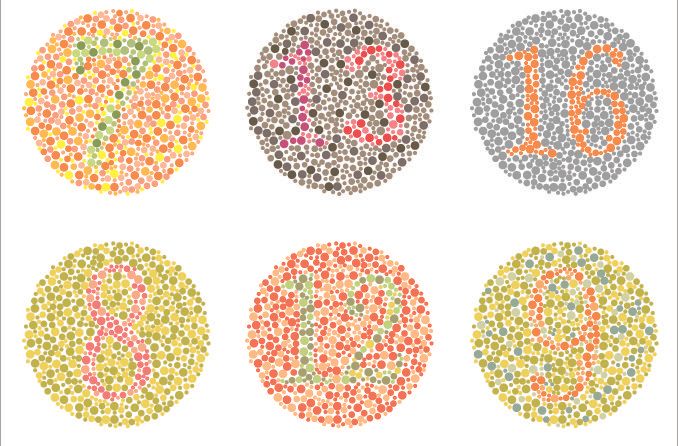
A simple color blind test can detect color vision problems you may not be aware of. Learn about the different types of color vision tests and when to have one.
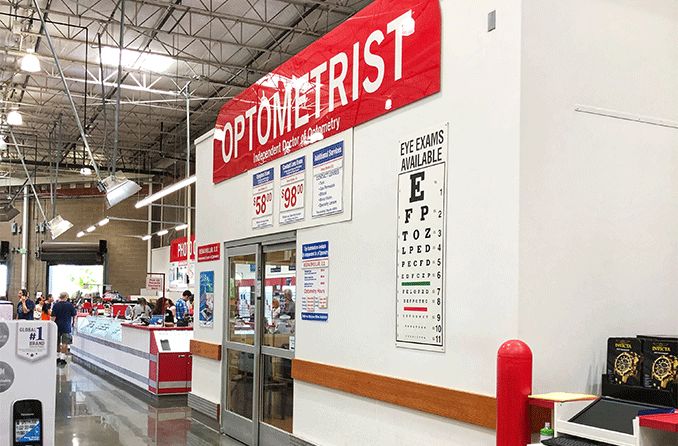
A Costco eye exam can be a great way to save money. Learn more about how eye exams work at this popular wholesale club.
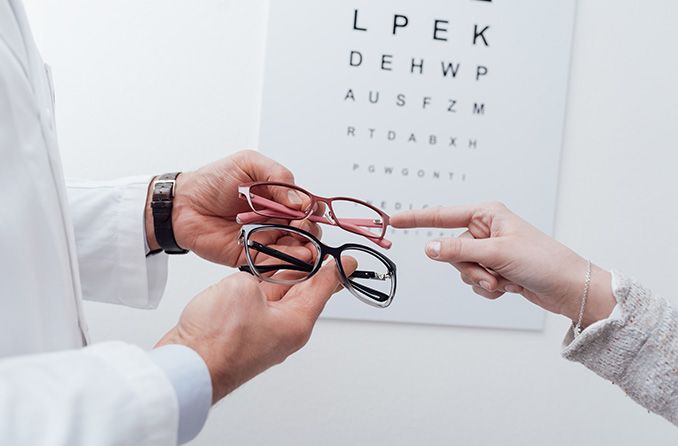
Do you need an eye exam to get eyeglasses? The short answer is no. While there are a few online eye test tools and handheld devices that can generate a prescription for glasses or contacts, they don't provide all the benefits of an in-person comprehensive eye exam.

There are many signs and symptoms that may suggest you need glasses. Some might surprise you from frowning and squinting, find out all the signs.

Find out why Sam’s Club eye exams are an affordable and convenient way to ensure your basic eye health is cared for, whether you’re a club member or not.
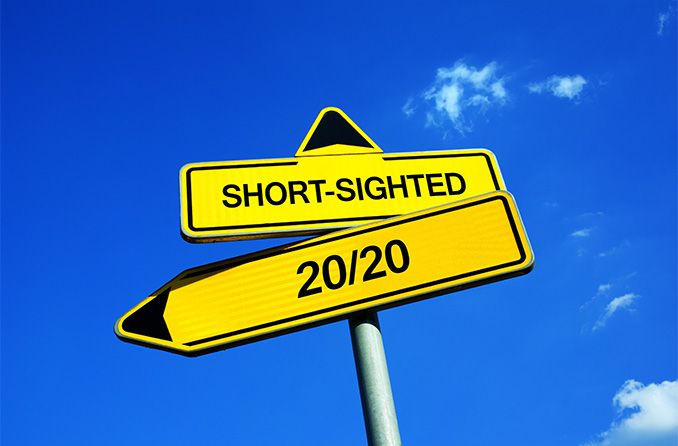
How can you improve your vision to 20/20? Eyeglasses, contacts and laser eye surgery can correct refractive error. Book an eye exam now for best option.
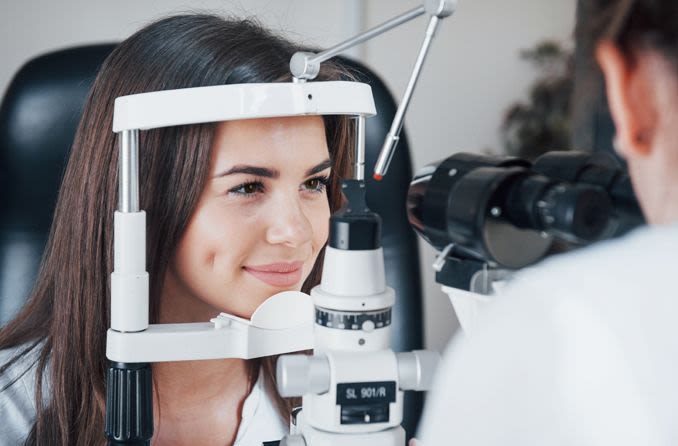
How often you should get an eye exam depends on your age and risk level, though eye doctors recommend an eye exam at least every two years.

Get details on how to find free or low-cost eye exams without using vision insurance.
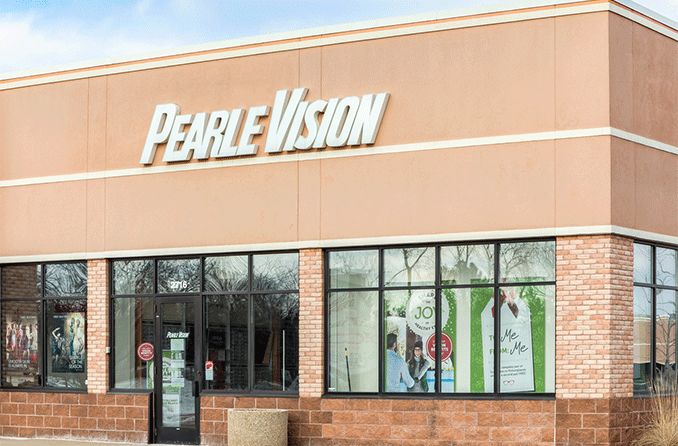
Need to see an eye doctor and get some new glasses? Here’s everything you need to know about Pearle Vision, a local one-stop-shop for eye exams and eyewear.

Cheating on an eye exam is possible, but it is not recommended. It can lead to discomfort in your vision, road dangers and even legal problems.

LensCrafters offers affordable eye exams and vision tests along with a wide selection of name-brand frames at any of their more than 900 locations.

Everything you need to know about Target eye exams, including costs, which tests are involved, and eye doctor qualifications.
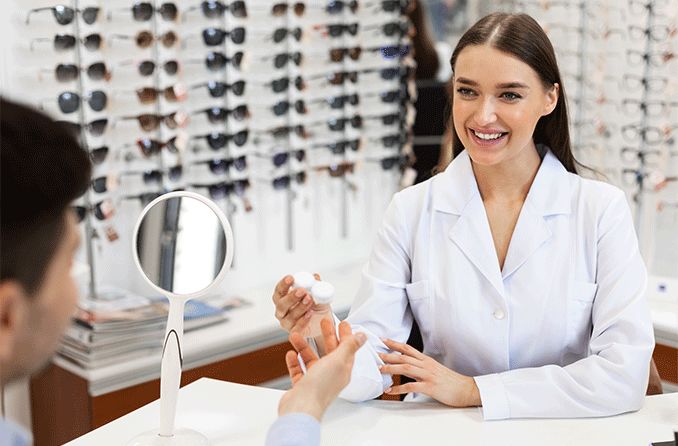
A Walmart eye doctor, also called an optometrist, can be a more affordable alternative to one who practices at a private doctor’s office. But are there trade-offs?

A Walmart eye exam can be a great way to save money on routine eye care. Learn more about how other eye exams compare to the popular supermarket.

Warby Parker offers eye exams and vision tests, both in-store and online. Learn more about the differences between each exam.
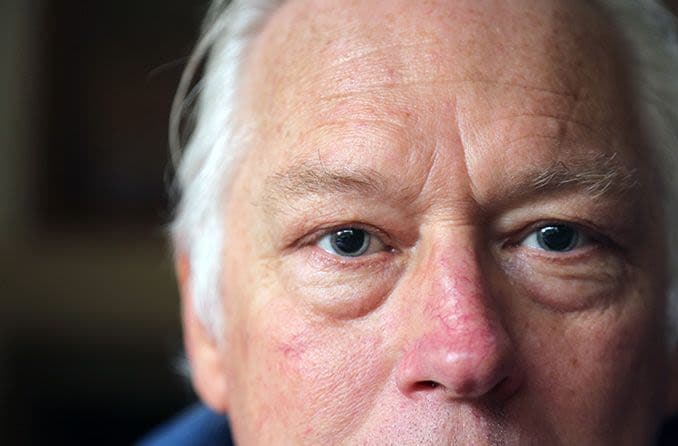
Wondering how long your eyes stay dilated after an eye exam? All About Vision explores everything you need to know about this common concern after an eye exam.
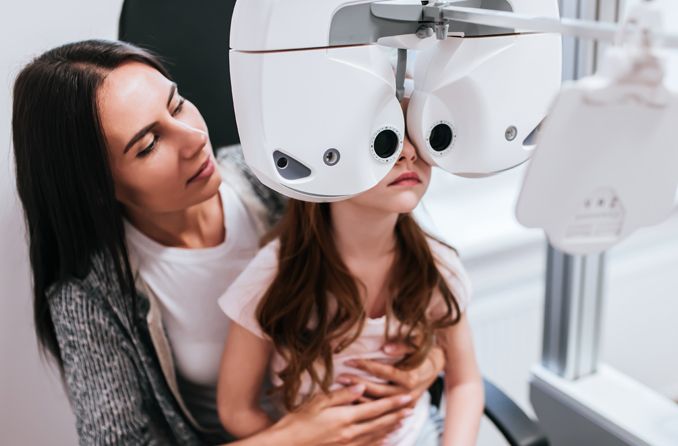
Find out what 20/20 vision means, and how it compares to the other measurements of visual acuity.
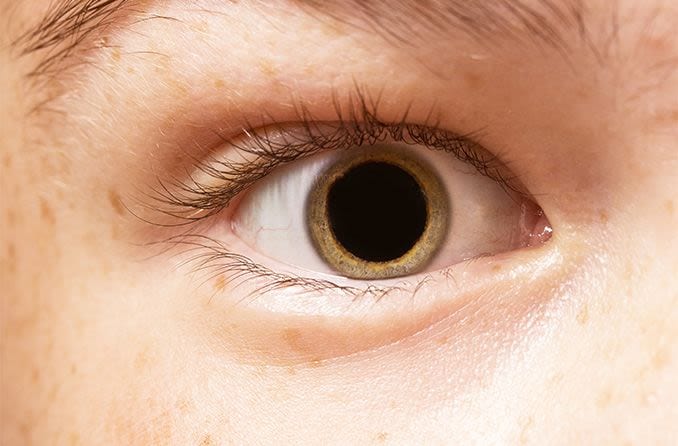
Do you know what not to do after your eyes are dilated? Driving, hanging out in the sun and spending time in front of your digital screens are among activities you should avoid after eye dilation.
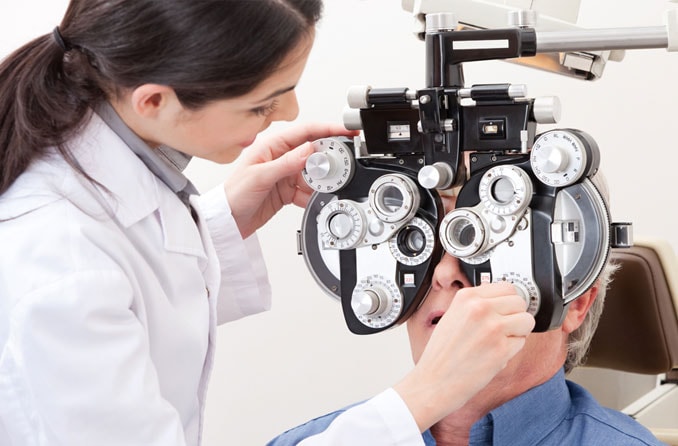
Are your eye exams as complete as they should be? Learn about tests that commonly are included in a comprehensive eye exam.
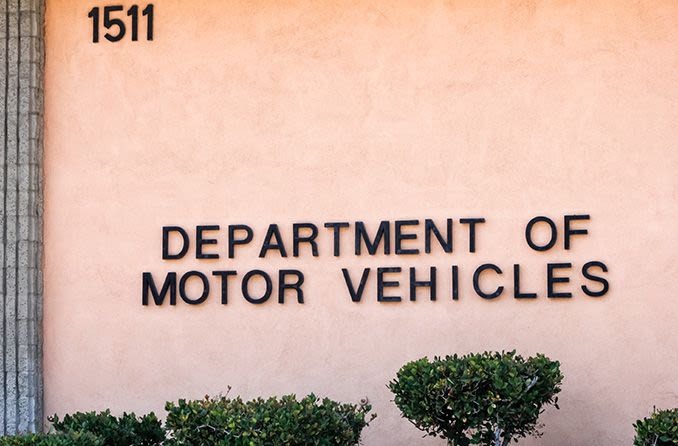
Find out what you can expect from a DMV vision test and how to test your eyesight before you get your driver’s license.

Find out when and why kids need eye exams. Plus, learn about common vision problems for kids and how to support children’s vision and eye health.

Need an eye exam ASAP? Not sure where you can get a walk-in eye exam? Not all eye care providers take walk-ins. Find out who does walk-in exams.
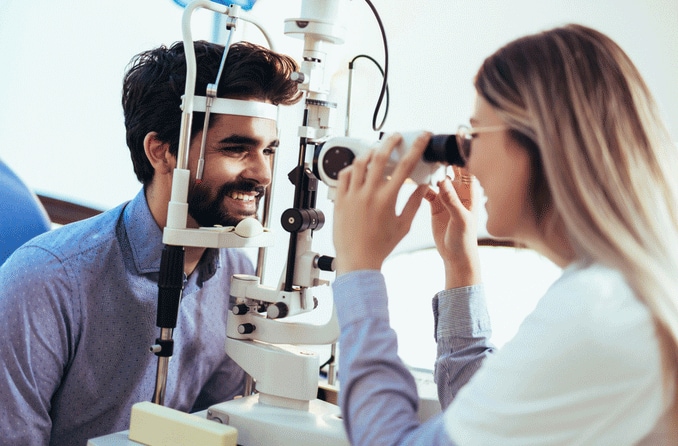
When do you need an eye exam? Signs you need an eye exam include if you have headaches, hard to see at night or you don’t remember when you last saw your eye doctor.
All About Vision and AllAboutVision.com are registered trademarks of AAV Media, LLC. © 2000-2025 AAV Media, LLC. The content on this site is for informational purposes only. All About Vision does not provide medical advice, diagnosis or treatment. Contact an eye doctor if you need medical attention.